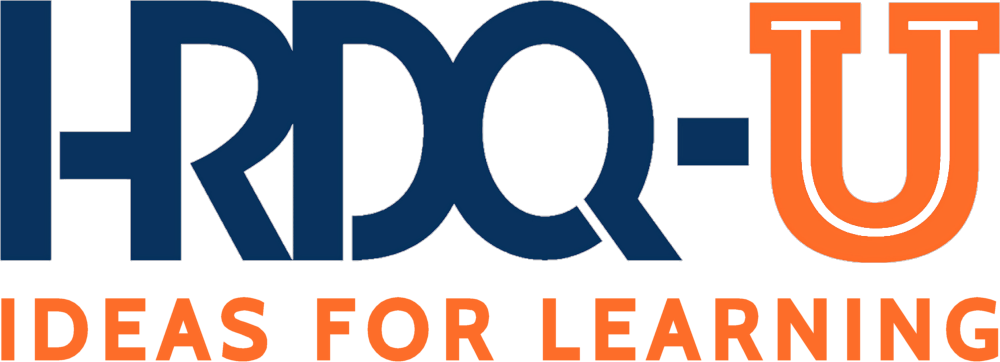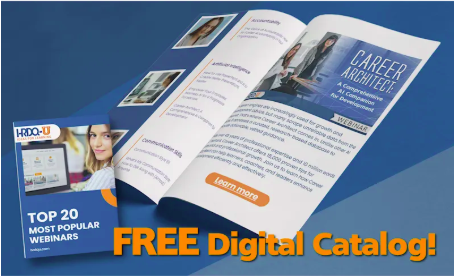What Do Brains Really Need?
In a 2023 Time article about our declining focus, Barbara Shinn-Cunningham, director of the Neuroscience Institute at Carnegie Mellon University, says people aren’t losing the ability to focus. Our brains have always craved new, novel distractions and excitement. And on a meta level, apps like TikTok and Instagram are still getting us to use devices the way we’re supposed to: constantly.
In his book, The 3-Minute Rule, author and TV producer Brant Pinvidic argues that people aren’t losing the ability to stay focused; we’re getting more discerning about what we’re willing to give time to. We’re all too busy, and we have a ton of different things screaming for our attention. Humans have just gotten really fast at deciding whether they want to give something their attention or not.
The bad news? This means that we have less than a few minutes to capture someone’s attention and hold it. Learning how to attract audience attention is essential for making an impact.
The good news? If we can get it in those first few minutes, we have a really good chance to keep their attention.
Even better news? There’s a useful model that Pinvidic proposes that can both capture attention and provide the right information to persuade others to buy into your ideas — the WHAC model. So, in the rest of this article, we’ll walk through the WHAC method and how to apply it so you can capture the attention of listeners, whether you’re pitching a learning strategy or any other idea.
WHAC
In his book, Pinvidic lays out a simple four-step model to organize your pitch using the acronym WHAC.
What Is It?
In this first section, he explains that you need to get straight to the point about what you’re offering/proposing and the value it brings. Here are some questions to help you organize your thoughts around this:
- What’s the problem it solves?
- Who does it help the most?
- Why does it have to happen now?
You may not have to answer all these questions; they’re just suggestions. The main takeaway here is you should be able to get straight to the point of what the ask/offer/service is, and what makes it/you unique.
How Does It Work?
In this second section, you’re giving the basics of how it works and what it is/does. Here are some questions to help you organize your thoughts around this:
- What allows you to make this work?
- Why choose this method over others?
- How long will it take?
Your goal here should be to focus on the elements of your offer/proposal that are valuable or important to helping someone understand how it achieves your/their goals. If you need to describe the process, then go for it. If not, leave it out for now.
Are You Sure?
This section focuses on proof/testimonials to show it can/has worked. Here are some questions to help you organize your thoughts around this:
- How can these results be replicated?
- What do reviews/testimonials say?
- Why is this not too good to be true?
Any facts or data you have would be extremely useful here. All of that can help provide context to help the other party understand and get excited about your idea. Even if it’s your first time presenting this idea, try to bring in examples of others using it or how you’re mitigating risks.
Can You Do It?
This section will speak to the other person’s personal belief in executing/implementing it and being successful. Here are some questions to help you organize your thoughts around this:
- How have others failed at this?
- What happens if there is underperformance?
- How have you dealt with problems/barriers in the past?
Most people, by nature, are risk-averse. They’ll be worried that something will go wrong or they will fail at it. You should show here that they can do it. Show them the hope of a bright future and that they can directly contribute to that.
How to Put It All Together to Make a Pitch That Works
Once you’re done brainstorming and thinking through all these elements, the next logical question is, how do I put it all together into a cohesive and engaging pitch? Here’s what I’ve done with others in the same situation and how you can do it, too:
Note — do this on pen and paper first, no computer.
1. Answer all these questions and brainstorm on paper first
Using the above guide, answer as many of those questions as you are able. Don’t worry about length right now; just focus on writing as many details as you need to in order to get your point across.
2. Put it in order
Take all your answers, and now, following the WHAC order, put all your statements in order so they follow a logical order.
3. Edit, Edit, Edit
This is the hardest part — cut it all down so you only have 3-5 minutes of talking points. Combine statements if you need to. Be ruthless and try to get it down to 3 minutes. This will force you to really hone in on the most important aspects. Take this time to simplify the language so anyone can understand it. Only use jargon if you’re talking specifically to a technical audience; otherwise, use simple words when possible.
4. Write out exactly what you’ll say
Write out word for word how you want to phrase things so you can practice. You’ll still do plenty of editing here, but make sure you know how you want to phrase things.
5. Practice — The Telephone Test
The best way I’ve found to practice your actual pitch is to deliver it to a friend or family member who has nothing to do with your work. Then, have them deliver it to someone else completely from memory. Then have that second person deliver it back to you. It’s nerve-wracking, but it’s a great way to tell what will be lost in translation, what’s too difficult to remember, or what stands out in people’s minds. From there, you can modify it as needed to get clarity.
Where to Go from Here
In a world where attention is much more selective, learning how to attract audience attention and get your ideas across isn’t about getting more time or flashy presentations — it’s about making the most of the time you do have. The WHAC method is an incredibly useful model for helping you structure your message clearly, get someone’s attention immediately, and keep their attention throughout. By refining your pitch through this framework, you can build genuine and lasting engagement.




























